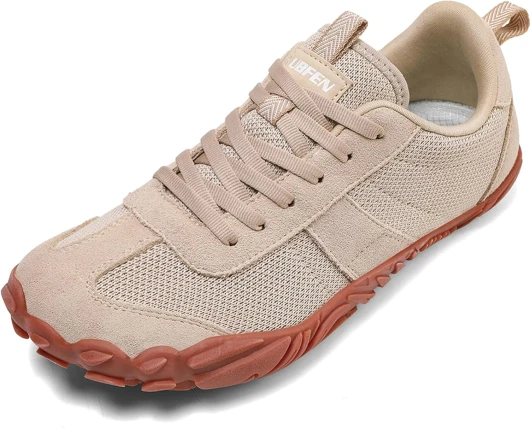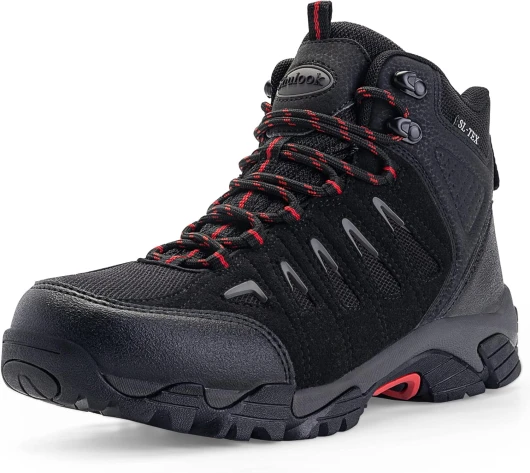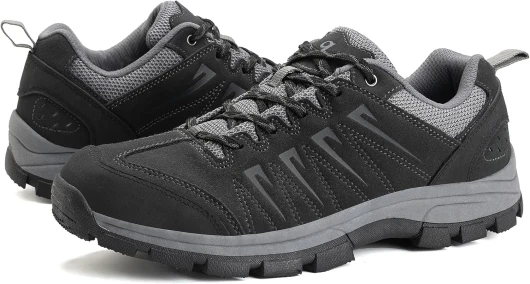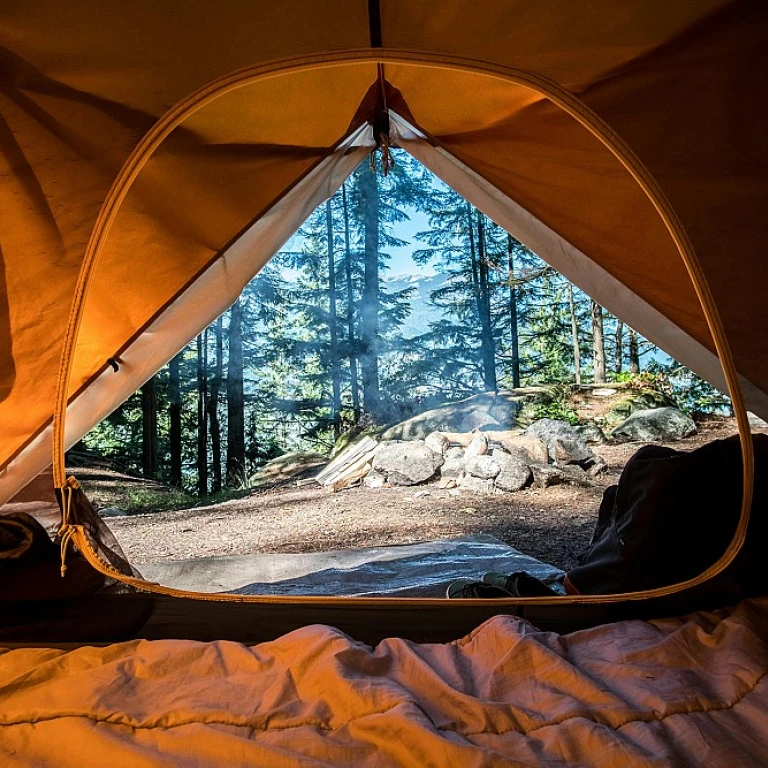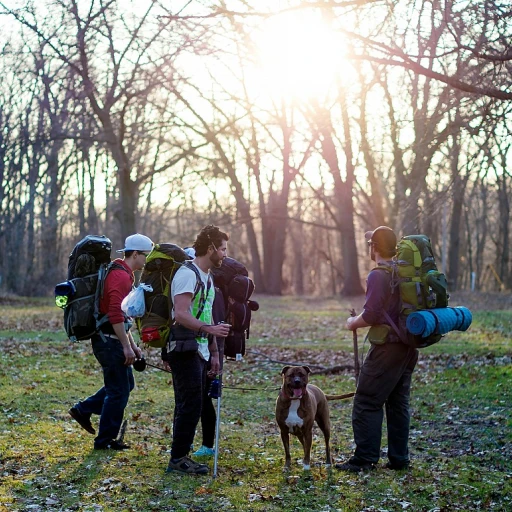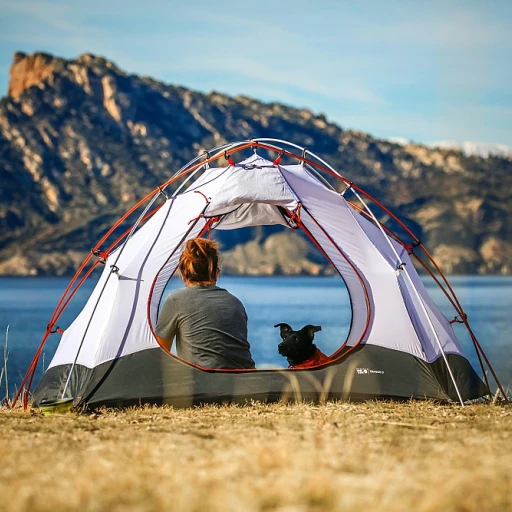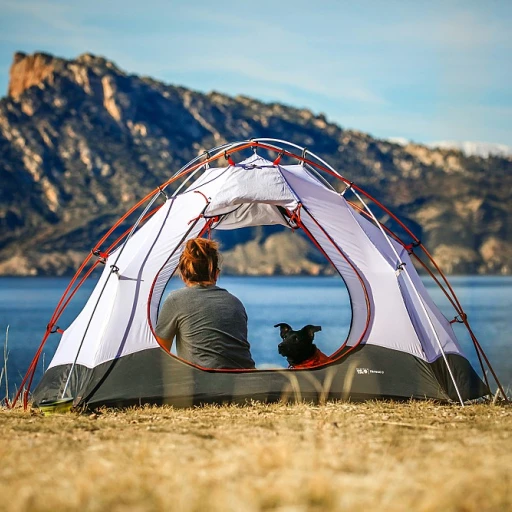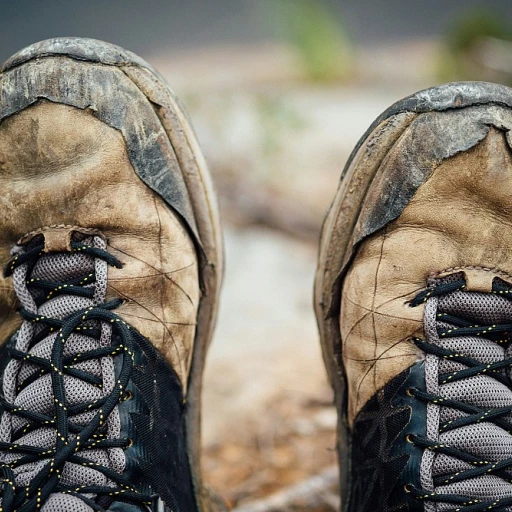
Understanding the Importance of Breaking in Hiking Shoes
Why Taking the Time to Break in Your Hiking Shoes Matters
Embarking on a hike with a new pair of hiking boots can be exciting, but the key to a comfortable trek lies in breaking in your shoes. This essential process helps ensure your boots fit well, minimizing pressure points and potential blisters which can sideline an otherwise thrilling adventure. When you invest plenty of time to properly break in your hiking boots, you pave the way for comfort on long trails, such as the famous Camino Santiago. Breaking in hiking boots not only allows them to mold to the unique contours of your feet, making every hike feel more personal and tailored, but it also extends their lifespan. This process is especially crucial for boots made from leather, known for their durability yet initial rigidity. Whether you're preparing a pair for short walks or intense treks, such as the ambitious Camino Santiago, the break-in period is vital for assessing the fit and ensuring they can withstand the strain of long-term use. Inadequate preparation might leave your boots feeling uncomfortable, leading to unnecessary foot fatigue. Given the importance of this process, approach it with patience. Stay tuned for tips on gradual break-in techniques and advice on selecting a suitable pair for your feet. For those interested in exploring other footwear choices, check out this exploration of Salomon X Ultra 4 Gore-Tex hiking shoes to see how they might fit into your hiking plan.Choosing the Right Pair for Your Feet
Selecting the Ideal Hiking Companion for Your Feet
Before you set out on your next hike, ensure you start with the right foot support. Choosing the perfect pair of hiking boots is foundational for a successful break-in period. The right fit can make all the difference in the world between a painful or pleasurable trek, especially when you're traversing paths like the Camino Santiago.
When exploring options, consider the material. Leather hiking boots offer durability and support but may require extra time to break in. If you're leaning towards synthetic materials, remember that while they have a shorter break time, the support may slightly differ. Consider both your comfort and the demands of your hike when making your choice.
Keep in mind your foot type. Customizable insole options and specific designs cater to various foot shapes and arch types. Ensure your boots fit well, ideally complementing both your feet and your walking style. For those who have particular concerns like flat feet, an appropriate insole might make all the difference in your hiking experience.
Don't forget about socks. Proper socks can greatly enhance comfort and reduce pressure points. Opt for socks that are designed for hiking, providing cushioning, moisture management, and breathability. Consider them part of your gear, not just an accessory.
Besides, ensure the fit accounts for the socks you plan to wear. There should be enough room in the toe box to prevent blistering and to maintain comfort over long distances. A well-fitted hiking boot shouldn't feel constrictive or overly loose.
Ultimately, this initial investment of time in choosing the right pair will pay off. It sets the stage for a shorter, more comfortable break-in phase and enhances your overall enjoyment in nature. With the right boots, you're ready to start your adventure, whether it's a leisurely walk or a challenging hike.
Gradual Break-In Techniques
Initiating the Ideal Break-In Strategy
Breaking in your hiking shoes correctly is crucial to ensure comfort and performance during your adventures, whether it's a long camino or a short walk. Start by putting on your new pair of hiking boots for short durations around the house. This allows your feet to acclimate to the shoes' fit, gradually increasing the wear time. Consider wearing your shoes while performing daily tasks. The key is to allow your boots to mold naturally to your feet. To do this effectively, lace your shoes well and secure them snugly to minimize unnecessary foot movement. As you increase the wear time, try incorporating a few actual hikes. Make sure the terrain is similar to what you'll encounter on your journeys, like a trail walk. This minor pressure will help identify if the boots need further adjustments.Utilizing the Right Socks and Insoles
Wearing the right socks and insoles is vital during the break-in process. Choose socks hiking options that offer moisture-wicking properties to keep your feet dry and reduce friction inside the shoe. Some hikers find success in using dual-layer socks that can minimize rubbing. Using custom insoles or footbeds designed for hiking can provide additional support and comfort, making the long process of breaking in boots a bit easier. Ensure those insoles fit well within the shoes, and adjust if necessary.A Gradual Process
Allow ample time to break in your hiking boots; rushing the process might lead to discomfort or injury. Focus on adjusting any pressure points carefully. Leather hiking boots can be more rigid, so remember to be patient and give them plenty of time. In time, the boots will begin to feel more like a natural extension of your feet as their rigid structure starts to adapt. Once your pair of hiking shoes feel light and allow comfortable movement, you can start planning longer hikes.Common Mistakes to Avoid
Common Blunders That Could Torpedo Your Break-In Success
Breaking in hiking boots can be a meticulous job—as any experienced hiker will tell you. Avoiding common pitfalls will help ensure your boots feel like a second skin. It's vital to be mindful to prevent these errors that can cloud the joy of your next hike.
A frequent mistake is diving in too quickly. Impatience can lead to blistered feet, uncomfortable walks, and an incomplete break. Allocate plenty of time to break in your boots evenly. Gradually build up from short walks to swirling trails, giving your boots the opportunity to mold to your unique foot shape.
A misfit can plague you for the life of your shoes, so ensure you're wearing the right socks when you start the break-in process. Opt for high-quality hiking socks that add comfort and wick moisture away. Incorrect socks can exacerbate pressure points and detract from the snug fit you’re aiming for.
Do not underestimate the importance of insoles in enhancing foot balance, stability, and comfort. They are integral to the process of breaking in not only hiking boots but also lighter hiking shoes. Many overlook this crucial detail, resulting in foot pain and an ill-fit that could otherwise have been anticipated.
Sometimes, it's quick to simply lace up without considering proper tying techniques, which can cause unnecessary strain. Take the time to learn effective lacing techniques that will stabilize your foot and relieve pressure points, especially around the heel and ankle.
Finally, avoid taking freshly purchased boots on a rigorous camino or any extended hike before they are adequately prepared. This not only risks damaging your boots but could also lead to discomfort and injury, turning what could be an enriching experience into a troubling ordeal.
Pace yourself and give your hiking boots plenty of time to blend seamlessly with the dimensions and contours of your feet. This foresight will prove indispensable when you’re conquering tough terrains and long-anticipated walks year after year.
Caring for Your Hiking Shoes During the Break-In Period
Nurturing Your Hiking Companions: The Journey to Comfort
Taking care of your hiking boots during the break-in period is as important as selecting the right pair for your adventures. Whether you're preparing for the Camino de Santiago or planning to tackle new trails this year, attention to detail can make all the difference. First, make sure to pair your boots with the right socks. Opt for hiking socks that wick away moisture and fit well — without being too tight or too loose. This can prevent blister formation and cushion your feet from pressure points during long hikes. When you start breaking in your hiking boots, begin by wearing them indoors or for short walks. This gradual approach allows your feet to adapt and helps you identify any discomfort areas. Under no circumstances should you be tempted to push your endurance too soon, even if the boots feel comfortable initially. Remember that insoles are your best friends when it comes to enhancing the fit and comfort of your hiking shoes. Consider using insoles if you find your boots pressing against certain pressure points, and switch them out periodically to keep them fresh. During the break-in time, give your boots the attention they deserve. After each wear, clean them to remove any dirt or debris that could compromise their material. Leather hiking boots, for instance, need extra care to retain their flexibility and durability. Keeping the laces in good condition is also crucial. Replace them at the first sign of wear to ensure consistent support. Finally, storing your boots properly — away from high heat and direct sunlight — will protect them from unnecessary damage. With plenty of time and patience, your hiking boots will be ready to support your feet on lengthy treks. So, start early, take gradual steps, and soon you'll master the art of breaking in and caring for your hiking companions, ensuring comfortable and blister-free adventures ahead.Signs Your Shoes Are Ready for the Trail
When Your Feet Can Tell: They're Ready For The Trail
Breaking in a new pair of hiking boots is a process that demands patience and attention. The right balance of firmness and flexibility can make or break your hiking experience. So, how do you know when your boots are ready for the trail? Here are a few key indicators to keep in mind:- Comfortable Fit: There's no substitute for the comfort and fit of a well-broken-in boot. When you slide your feet into your hiking shoes and feel no immediate pressure points or discomfort, it might be time to start planning that hike you've been dreaming about.
- Reduced Friction: Initially, you might have encountered some friction, especially on longer walks. But after properly breaking in your boots, you should notice less friction, reducing the chance of blisters.
- Flexibility: After your gradual break-in period, your boots should feel more flexible from the soles up toward the ankle. This flexibility means your pair of hiking boots will better support your natural foot movement during those long days on the trail, whether you're tackling the rugged terrains of the Camino Santiago or a laid-back weekend hike in the local forest.
- Test Hikes: After sufficient time to break in your boots, take them for a few test hikes under different conditions. This will help ensure your shoes are up to the challenge. By now, you should feel confident that they fit your feet precisely, thanks to your strategic use of your preferred hiking socks and insoles.
- Overall Feel: Finally, the subjective ‘feel’ of the boots will deliver a sure sign. If you lace them up and they feel like an extension of your foot with remarkable support and comfort, you’re good to go!


